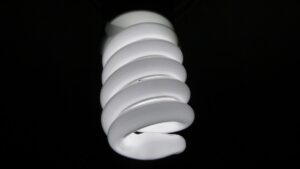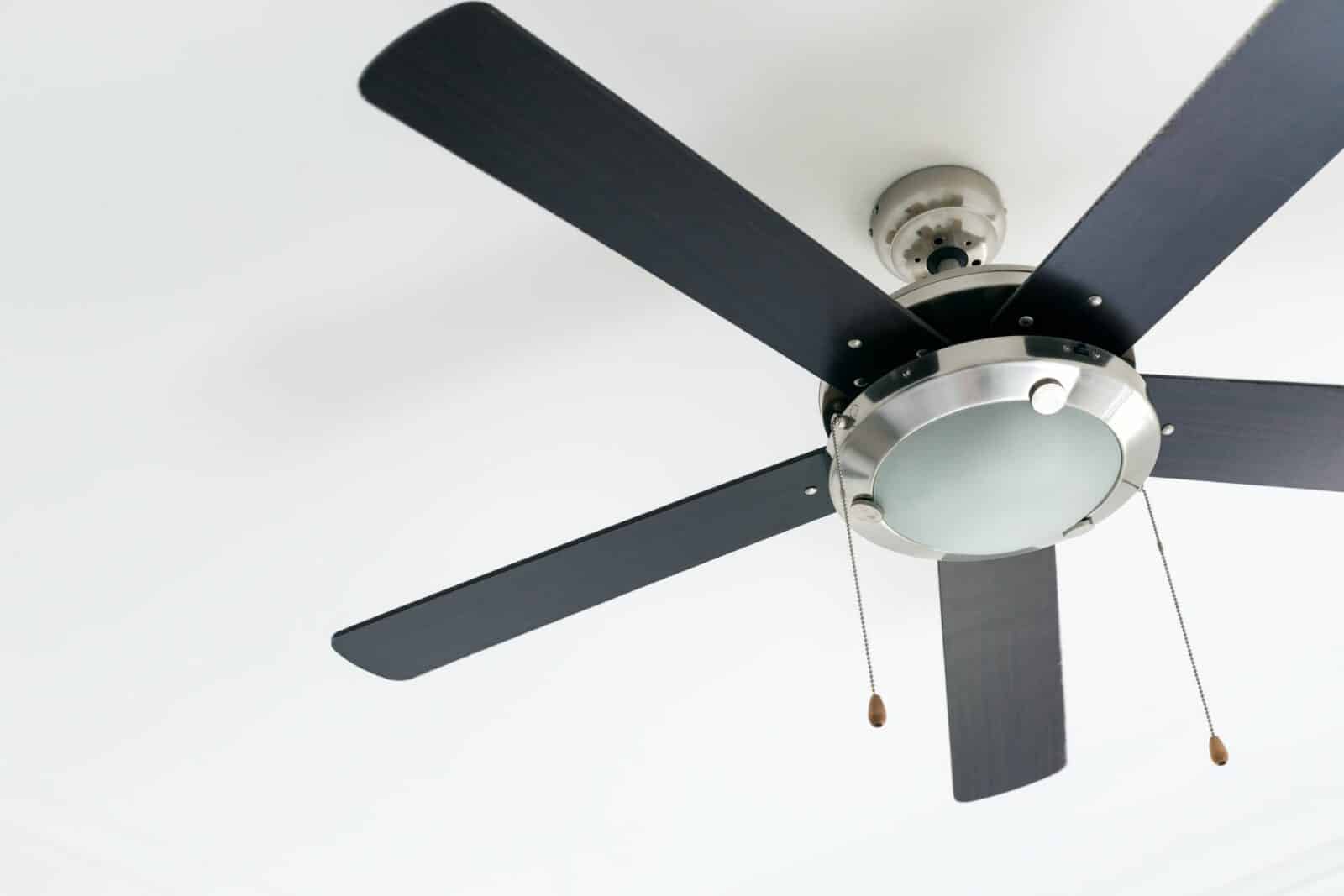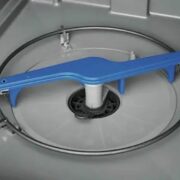Keeping your house cool and well-ventilated is crucial for the comfort and well-being of its occupants, as well as for the health of the building itself. Attic ventilation is particularly important to prevent issues like mold growth, ice dams, and damaged shingles. In this article, we will compare two common solutions for cooling and ventilating your home: the attic fan and the whole-house fan. Understanding whole house fan vs attic fan differences can help you make an informed decision on which option best suits your needs.
Attic Fan: Active Attic Ventilation
An attic fan, also known as a power attic ventilator (PAV), is an electrically powered exhaust fan installed on the roof or gable of the house. Its primary function is to expel hot air from the attic, ensuring proper ventilation. The fan is typically triggered by a thermostat located within the attic. To achieve efficient airflow, an air intake, often located in the soffit, under the eave, or in fascia areas of the roof, must complement the attic fan’s operation. The fan draws hot air out of the attic, while fresh air from the intake replenishes the attic space.
Types of Attic Fans:
- Gable Attic Fan: Mounted vertically on the existing gable of the house, it pushes hot air out of the attic when activated by the thermostat.
- Roof Attic Fan: Positioned partially inside the attic and outside the roof, it expels hot air from the attic as high as possible on the roof.
- Solar Powered Fan: Powered by solar panels, these fans do not draw additional energy from the home. They circulate warm air out of the attic through vents on the eaves or roof. However, the fan may not operate while the photovoltaic cell is charging.
Pros of Attic Fans:
- Active ventilation ensures efficient attic cooling.
- Helps preserve the integrity of the roof and prevent shingle damage.
- Saves on energy bills during the summer.
- Prevents mold and mildew growth in the attic.
Whole-House Fan: House-Wide Ventilation
A whole-house fan is an electrically powered fan that pulls fresh outdoor air through open windows and doors into the house and expels it into the attic. The fan is typically located in the ceiling of the topmost floor and can cycle the air in the house three to six times per hour, depending on the fan’s capacity and the house’s size. The ceiling vent’s louvers open and close in response to the fan’s operation, facilitating the airflow.
Pros of Whole-House Fans:
- Efficiently cools down the living space by removing built-up hot air and providing a gentle breeze.
- Can be used to complement or offset central air conditioning, reducing energy consumption and costs.
- Generally more effective in cooling the house as it moves air within the living space.
Differences between Attic Fans and Whole-House Fans:
- Function: Attic fans expel hot air from the attic, while whole-house fans draw fresh air into the house and expel it into the attic.
- Cooling Area: Attic fans focus on ventilating the attic space, while whole-house fans cool the entire living space.
- Cooling Method: Attic fans primarily cool down the attic temperature, which indirectly affects the living area’s comfort. Whole-house fans provide a direct cooling effect on the living space.
- Installation: Attic fans are generally easier to install, while whole-house fans may require modifications to the attic’s outflow to the exterior.
- Cost: Attic fans are more affordable both in terms of product cost and installation expenses compared to whole-house fans.
Conclusion
Choosing between an attic fan and a whole-house fan depends on your specific needs and preferences. An attic fan is ideal for efficient attic ventilation and preserving the roof’s integrity. On the other hand, a whole-house fan provides direct cooling to the living space and can complement or reduce the reliance on air conditioning. Assess your cooling and ventilation requirements, budget, and ease of installation to determine the whole house fan vs attic fan differences.
Related posts:
 Cost To Install Recessed Lighting – What To Expect?
Cost To Install Recessed Lighting – What To Expect?
 How Much Do LED Lights Cost And The Best Products
How Much Do LED Lights Cost And The Best Products
 The Benefits of a Solar Panel for Home: How to Incorporate Solar Energy in Your Home
The Benefits of a Solar Panel for Home: How to Incorporate Solar Energy in Your Home
 Your Ultimate Guide to Install Electrical Outlets: Tips, Tricks, and FAQs
Your Ultimate Guide to Install Electrical Outlets: Tips, Tricks, and FAQs
 Master the Art of New Electrical Outlet Installation – A Comprehensive Guide
Master the Art of New Electrical Outlet Installation – A Comprehensive Guide


